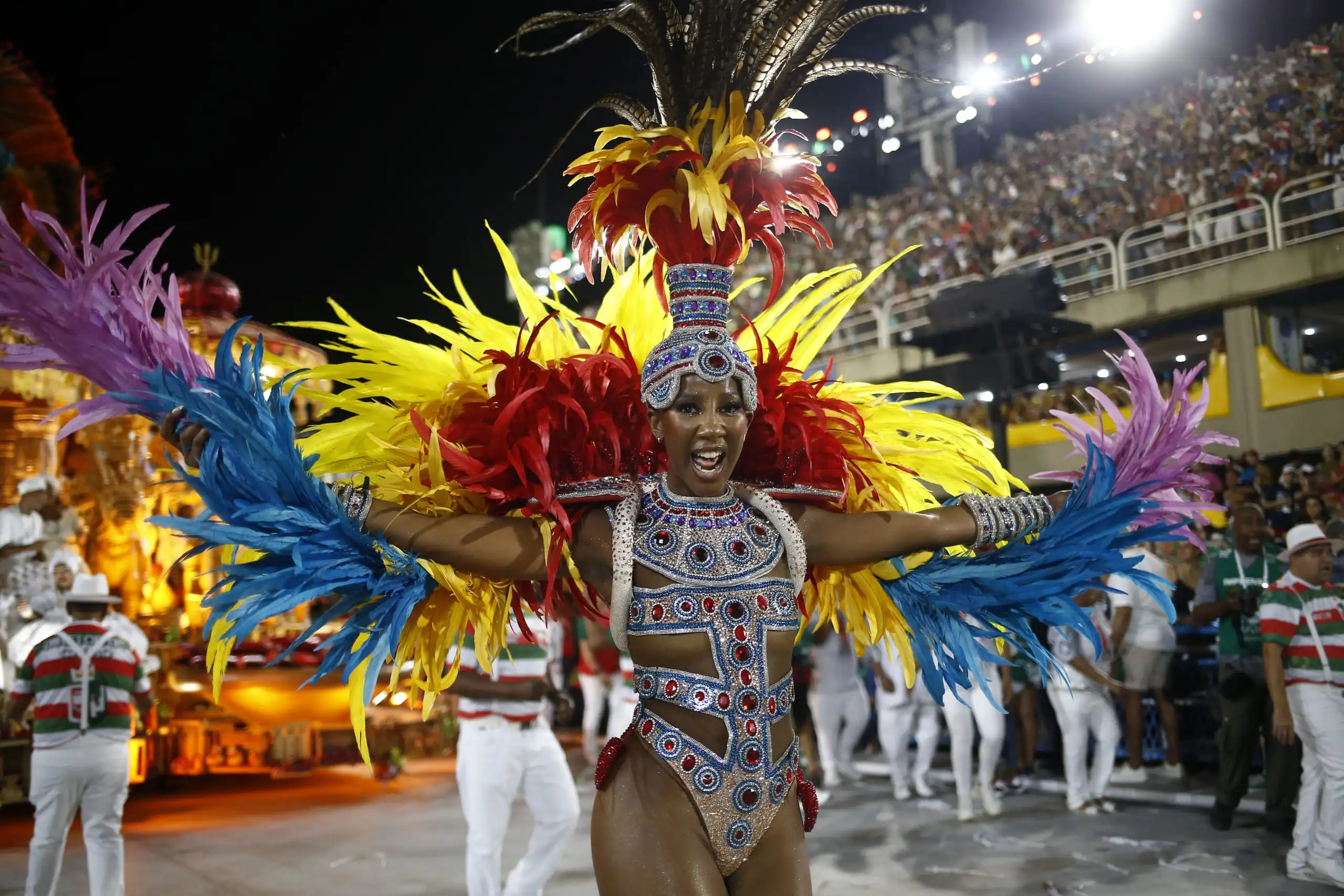Editor’s note: The following article is an op-ed, and the views expressed are the author’s own. Read more opinions on theGrio.
When Leandro Santanna’s mother wanted to teach him about their Afro-Brazilian culture and history, she didn’t seek out books, films or documentaries. Although more than 50 percent of Brazil’s 215 million people self-identify as Black, the amount of media on their history and culture is limited. This is changing today, but it was significantly worse in the 1980s and ’90s when Leandro was a child and adolescent.
So his mother turned to Rio de Janeiro’s carnival parade.
“My mother, who was a school teacher, was different when it came to teaching us about our history,” said Santanna, the executive director of Rio de Janeiro’s Afro-Brazilian History and Culture Museum (MUHCAB). “She would have us read the lyrics of the samba music for the samba school parades. That’s how I learned about people like Zumbi and Chico Rei.”
Every year, Rio de Janeiro’s samba schools put on the “world’s greatest spectacle,” with music, drum corps, floats, dancers and costumed paraders. Don’t be fooled by the “school’s” name. Samba schools are really Black community organizations that work 10 months out of the year toward one goal — to create a parade that will win Rio de Janeiro’s carnival, which this year is Friday, Feb. 17 to Tuesday, Feb. 22. And since the 1960s, samba schools have mounted carnival parades with research-backed themes that address Afro-Brazilian culture and history — samba enredos, as they are called in Portuguese. These parades are broadcast to the entire country, so the capacity to teach and influence people is…
Read the full article here



